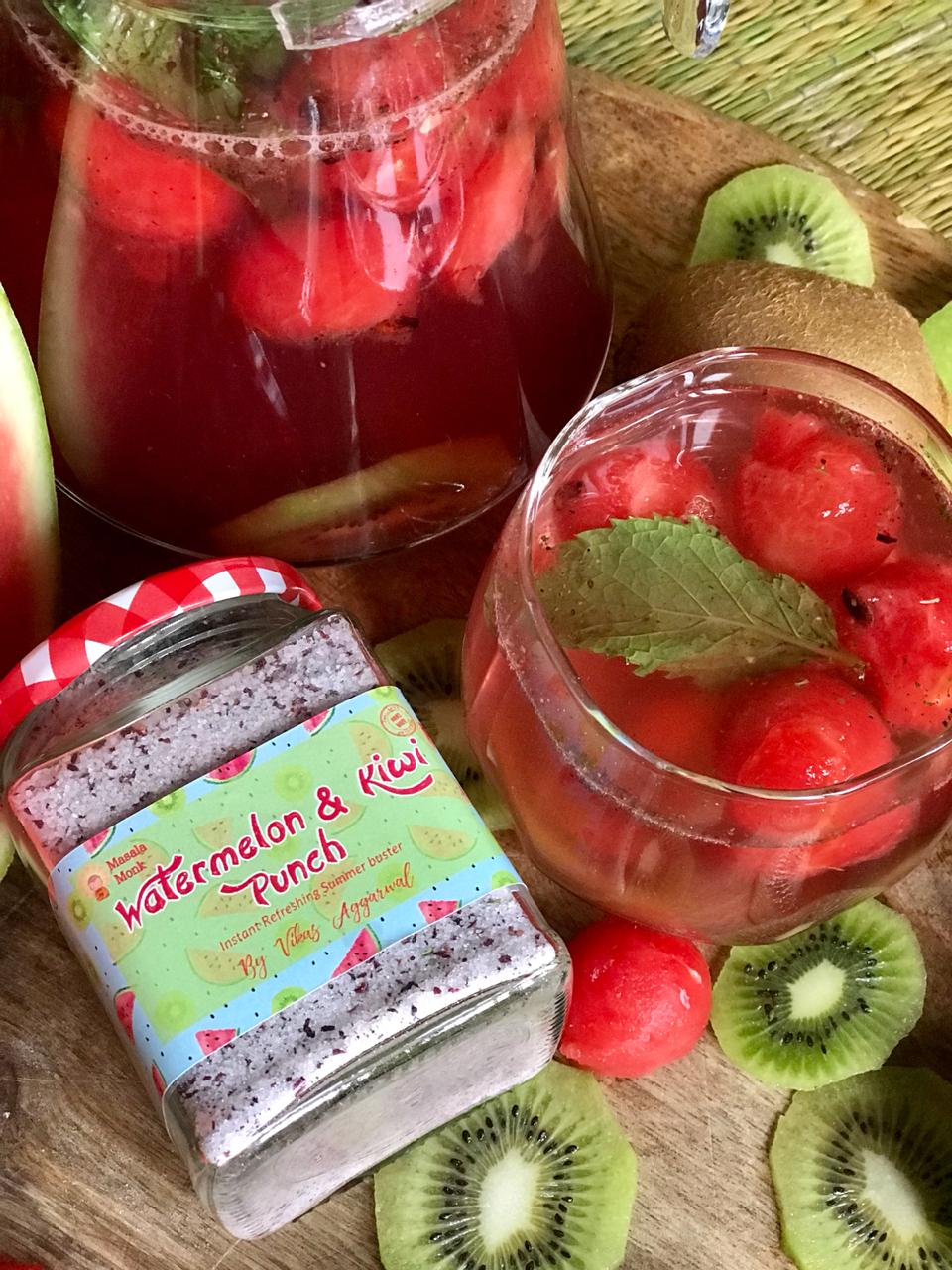
When it comes to weight loss, finding delicious and satisfying foods that are low in calories and high in nutrients is key. Watermelon, with its high water content and refreshing taste, is often hailed as a beneficial fruit for those on a weight loss journey. In this extensive blog post, we’ll dive deeper into the reasons why watermelon can be a helpful addition to your weight loss plan, its impressive nutritional profile, various ways to enjoy it, and some practical tips for incorporating it into a balanced diet. Let’s explore the juicy benefits of watermelon for weight loss and discover why it deserves a prominent place in your healthy eating routine! 🍉🌿
🌿 Hydration and Low Calorie Content Watermelon’s high water content makes it a fantastic choice for weight loss. Staying hydrated is crucial for overall health and maintaining a balanced metabolism. With over 90% water, watermelon can help keep you hydrated throughout the day, promoting optimal bodily functions and supporting weight loss efforts. Additionally, watermelon’s low-calorie content is a bonus. With approximately 46 calories per cup of diced watermelon, it can be enjoyed guilt-free while providing a refreshing and satisfying experience.
🍉 Nutritional Profile Beyond its hydration and low-calorie benefits, watermelon packs a nutritional punch. Here are some key nutrients found in watermelon:
- Vitamin C: Watermelon is an excellent source of vitamin C, a powerful antioxidant that supports immune function, collagen production, and wound healing. Vitamin C also aids in the absorption of iron from plant-based foods, which is essential for energy production and overall health.
- Vitamin A: Watermelon contains beta-carotene, a precursor to vitamin A, which is crucial for maintaining healthy skin, vision, and a strong immune system. Vitamin A also plays a role in promoting healthy cell growth and development.
- Lycopene: Watermelon is rich in lycopene, a potent antioxidant responsible for its vibrant red color. Lycopene has been associated with numerous health benefits, including reducing the risk of certain types of cancer, supporting heart health, and protecting against oxidative stress.
- Citrulline: Watermelon is one of the few fruits that naturally contains citrulline, an amino acid that has been linked to various health benefits. Citrulline is converted into arginine, another amino acid that plays a role in blood vessel dilation, promoting healthy circulation and cardiovascular health.
🌿 Incorporating Watermelon into a Weight Loss Diet Here are some practical tips for incorporating watermelon into your weight loss plan:
- Enjoy it as a Refreshing Snack: When cravings strike, reach for a bowl of chilled watermelon cubes. Its natural sweetness and high water content will satisfy your sweet tooth while keeping you hydrated.
- Incorporate it into Salads: Add watermelon cubes to your favorite salad for a burst of refreshing flavor. Pair it with leafy greens, cucumber slices, feta cheese, and a light vinaigrette for a satisfying and nutritious meal.
- Create Flavorful Smoothies: Blend watermelon with other fruits, such as berries or pineapple, and a source of protein like Greek yogurt or a plant-based protein powder for a nourishing and filling smoothie.
- Make Fruit-Infused Water: Enhance the taste of your water by infusing it with watermelon slices and other fruits like cucumber or mint. This simple and refreshing beverage will keep you hydrated throughout the day.
- Experiment with Grilled Watermelon: Surprise your taste buds by grilling watermelon slices for a unique and savory twist. The heat caramelizes the natural sugars, intensifying the flavor and providing a delightful contrast to savory dishes.
- Pair it with Protein: While watermelon is primarily a source of carbohydrates, combining it with a source of protein can create a balanced snack or meal. Pair watermelon with a handful of nuts, a slice of lean chicken or turkey, or a dollop of Greek yogurt for a satisfying and balanced combination.
🍉🌿 While watermelon alone won’t magically melt away excess pounds, its hydrating properties, low-calorie content, and valuable nutrients make it a favorable choice for weight loss. Remember to pair it with a balanced diet that includes a variety of nutrient-dense foods and engage in regular physical activity for optimal results. So, embrace the juicy goodness of watermelon and enjoy it as part of a wholesome and weight-conscious lifestyle!












